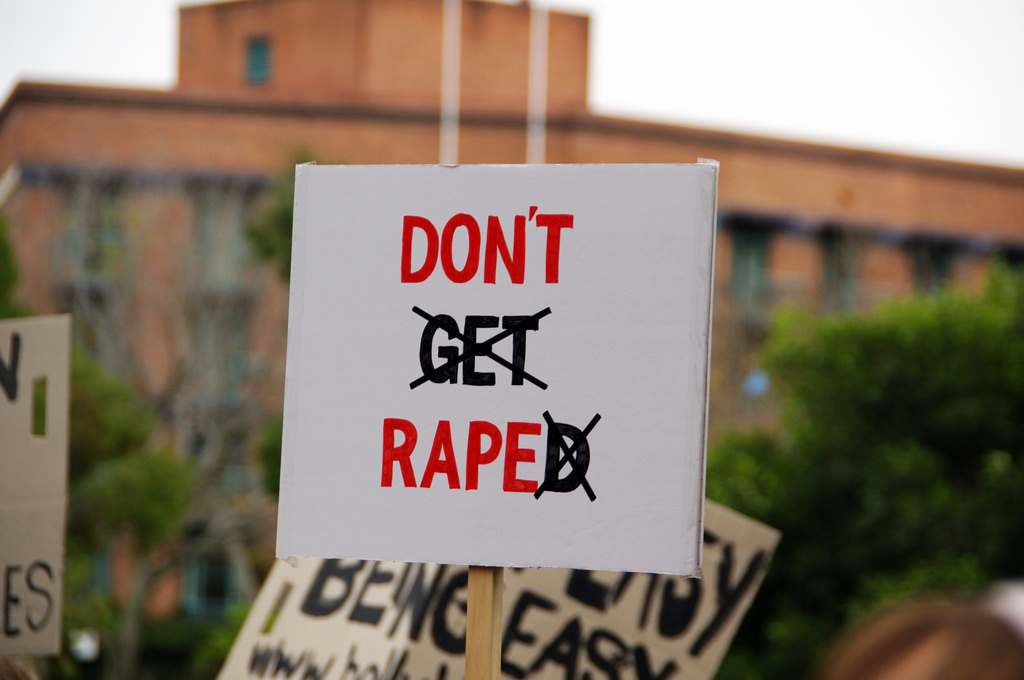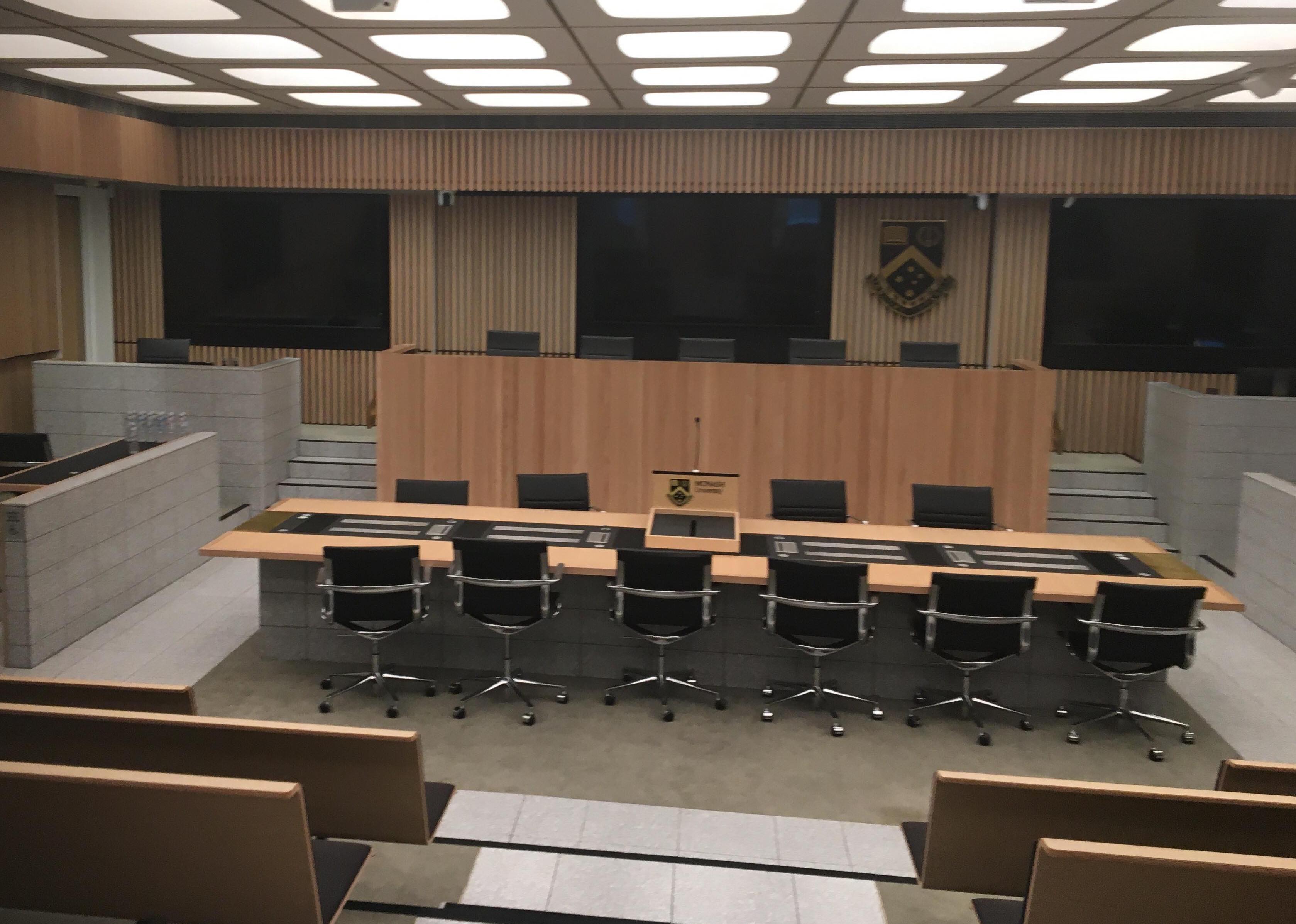Legal decision-making in relation to sexual assault is often influenced by shared social beliefs (schemas). In investigating these beliefs, prior research has confounded different schemas – offence prototypes, sexual script schemas, and victim and perpetrator stereotypes. At this stage, it is unclear which schemas are influential and when, making it difficult to reduce the impact of these extra-legal factors. Over the years our lab has been using multi-method approaches to investigate with both the police and community members as to when and how these particular schemas influence decision-making. This year, two of our honours students are furthering our knowledge in this area, by looking at the mechanisms behind victim blame, and also ways to reduce its impact, to help promote a fairer legal system.
Disrupting Rape Schemas: The Impact of Chronologically Presented Testimony
Author: Harrison Lee
Psychological research in the past has sought to investigate how jurors view and understand cases of rape at court, due to the problem of poor conviction rates and victim blame associated with this type of crime. This research has focused on the concept of schemas surrounding rape, where held stereotypes about how rape victims should act incorrectly bias jurors’ in their evaluations, due to their expectation of the crime not being met in a real court case. This is because most rape cases don’t match these stereotypes held by society, for example, most rapes are carried out by acquaintances of the victim, with no physical resistance (Masser et al., 2010; McKimmie et al., 2014).
Recent research as shown that these stereotypes, originally thought to act independently on jurors’ perceptions, may be acting interpedently under a consensual sex schema, which is activated when some details of a testimony associated with consensual sex then prime them to expect consensual sex to occur (Stuart et al., 2016; Littleton et al., 2006). An unpublished study conducted by Masser et al., found that changing the order of a victim’s testimony (chronological vs non-chronological) does influence mock jurors’ perceptions of how “stereotypical” a rape case is. However, they were not able to conclude that this effect was due to the priming of a consensual sex schema, as they were unable to rule out that changing the event order of the testimony was just disrupting the jurors’ narrative of events, in-line with cognitive story modelling theory (Pennington & Hastie, 1992, 1998).
The aim of this project is to investigate this relationship further, by adding a clearly disruptive testimony condition, and comparing how mock jurors perceive the victim and perpetrator compared to the non-disruptive chronological and non-chronological testimony orders. It is hypothesised that participants will evaluate the perpetrator as less guilty and associate more blame to the victim, when the testimony is shown chronologically, compared to non-chronologically, due to the priming of the consensual sex schema in the acquaintance rape scenario. It is also hypothesised that there will be significant differences in participant evaluations of the two non-chronological conditions. It is expected that participants will evaluate the perpetrator as more guilty and associate less blame to the victim, when presented with the non-disruptive testimony compared to the disruptive testimony, due to these details priming participants’ rape schemas, whereas the disruptive testimony will be more likely to just confuse participants.
Investigating the Impact of Emotional Disclosure on Victim Blame
Author: Elizabeth Abbey
Victim blame, the tendency to blame victims for their own misfortunes, is a prolific issue in the criminal justice system, in particular for sexual assault cases. Preliminary research by Harber, Podolski & Williams (2015) suggests that victim blame of sexual assault victims can be reduced through emotional disclosure. The theory behind this finding is that through the release of negative thoughts and emotions, individuals are able to better process the information they receive instead of relying on schemas that purport the victim as blameworthy.
On closer inspection of the Harber et al., (2015) findings, it appears that the authors may have inadvertently varied the number of cognitive tasks participants in the different conditions were asked to do. As such, it is unclear whether the reduction in victim blame was a function of the emotional expression or simply asking participants to complete one task rather than two. Further, it is also unclear whether emotional expression decreases victim blame OR suppression increases victim blame as no neutral control condition was included in Harber and colleagues’ design. As a result, my honours thesis aims to further investigate the relationship between victim blame and emotional disclosure and determine whether cognitive load plays a mediating role. Specifically, the overall goal of this program of research is to determine (1) Whether emotional disclosure actually reduces victim blame or whether cognitive load increases victim blame and (2) Whether stereo-typicality of the victim ratings are increased when cognitive load is higher vs lower.
It is hoped that this body of research will facilitate better understanding of the use of emotional disclosure as an intervention for victim blame.



